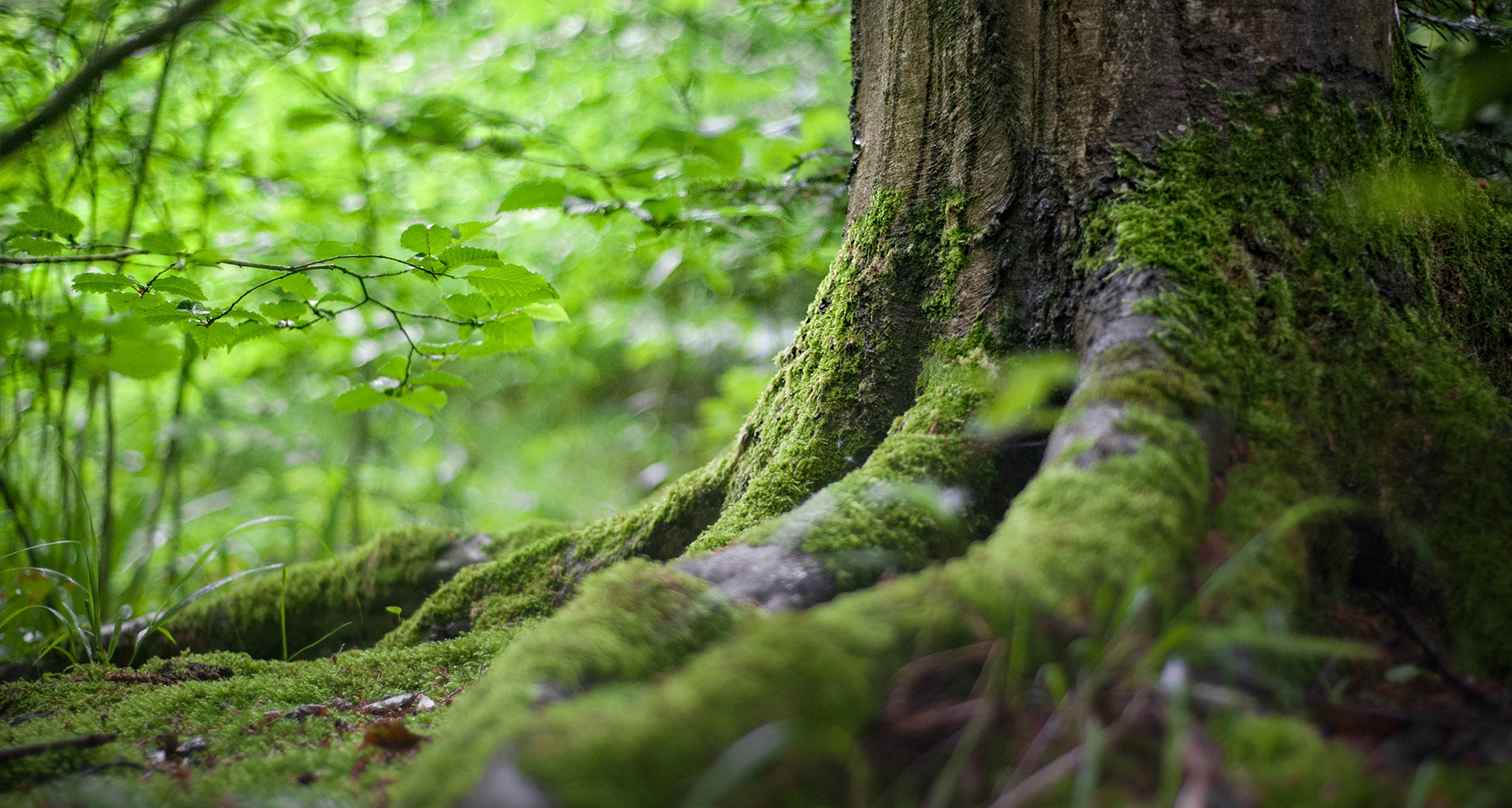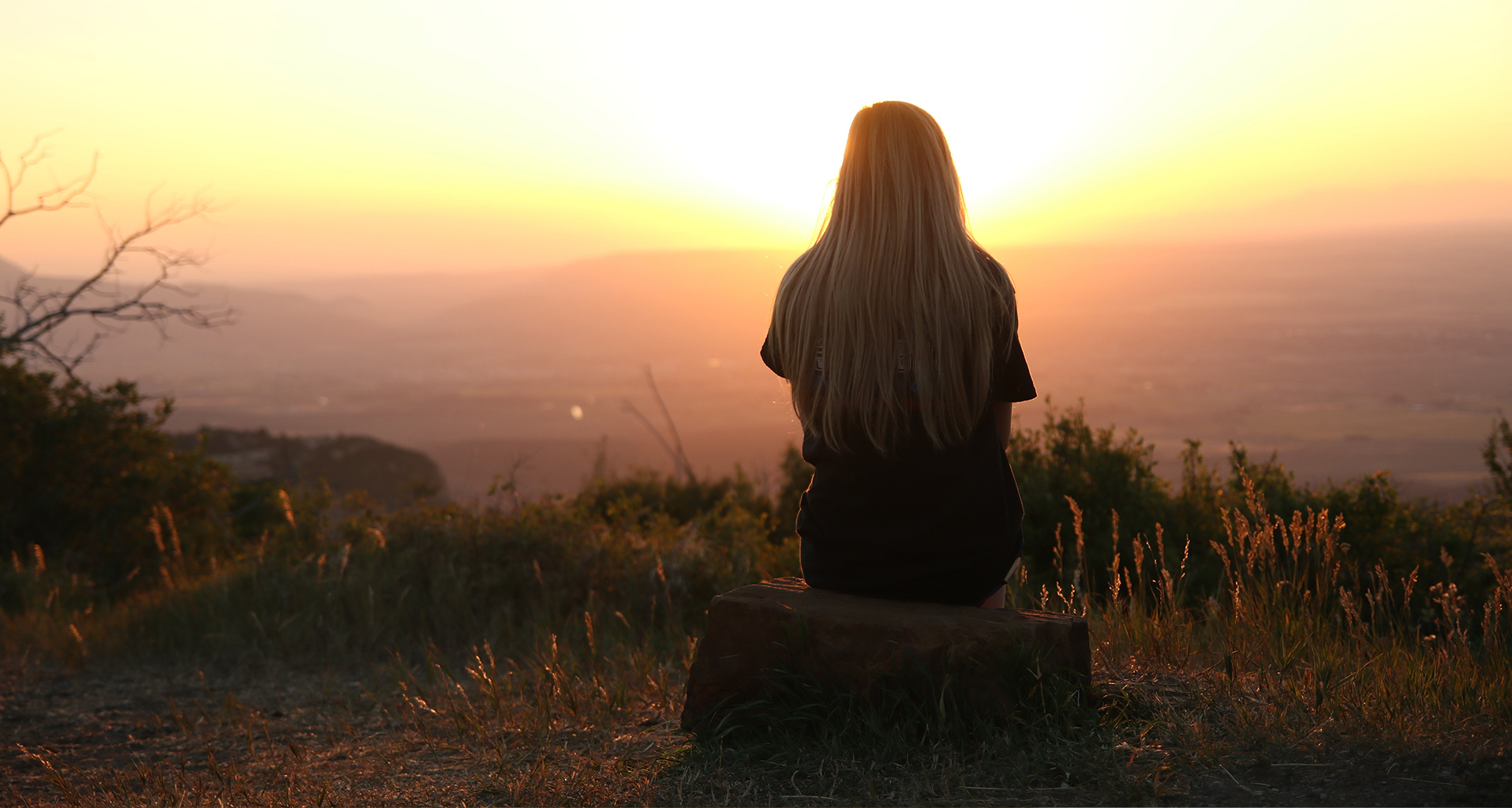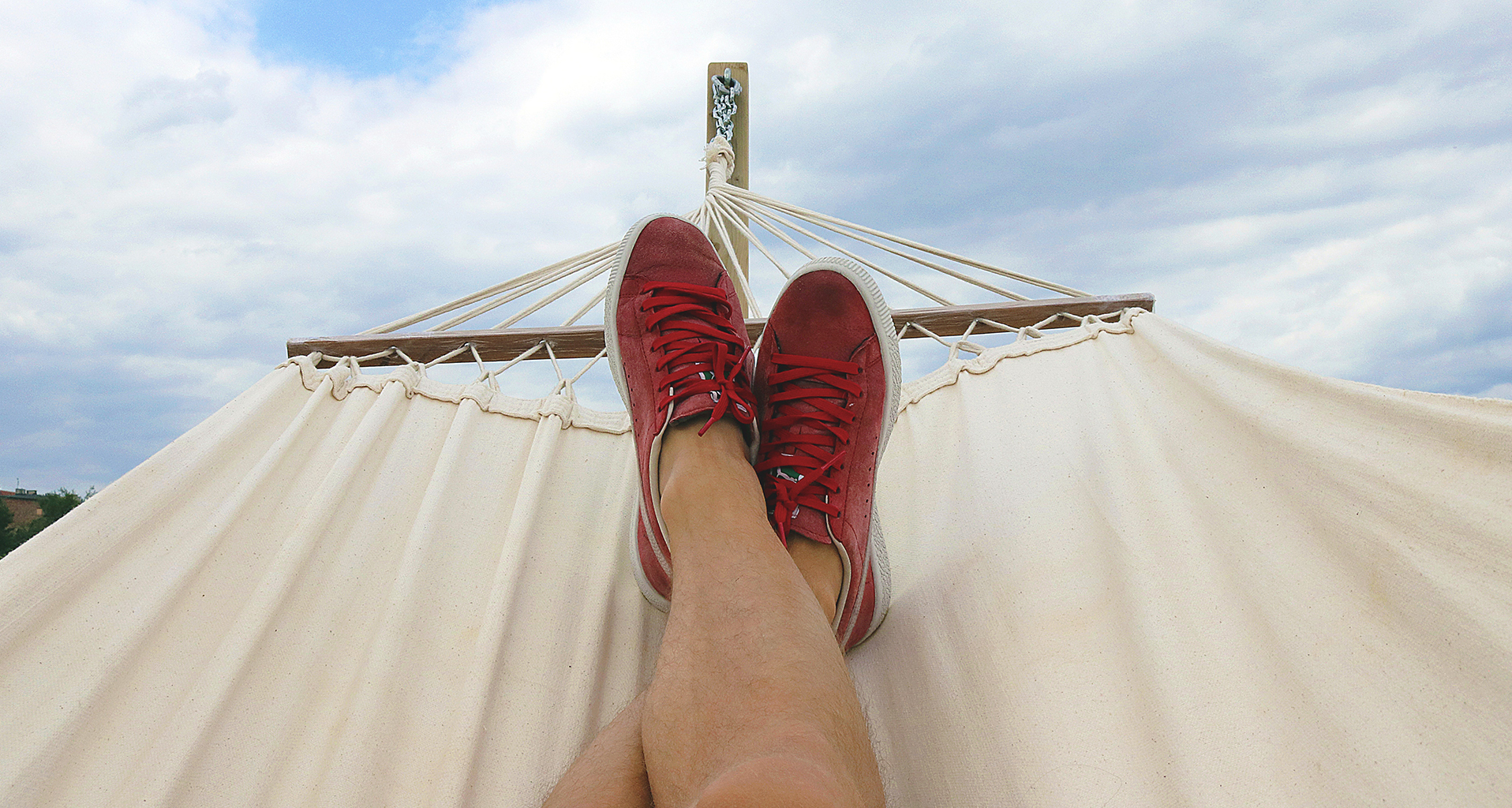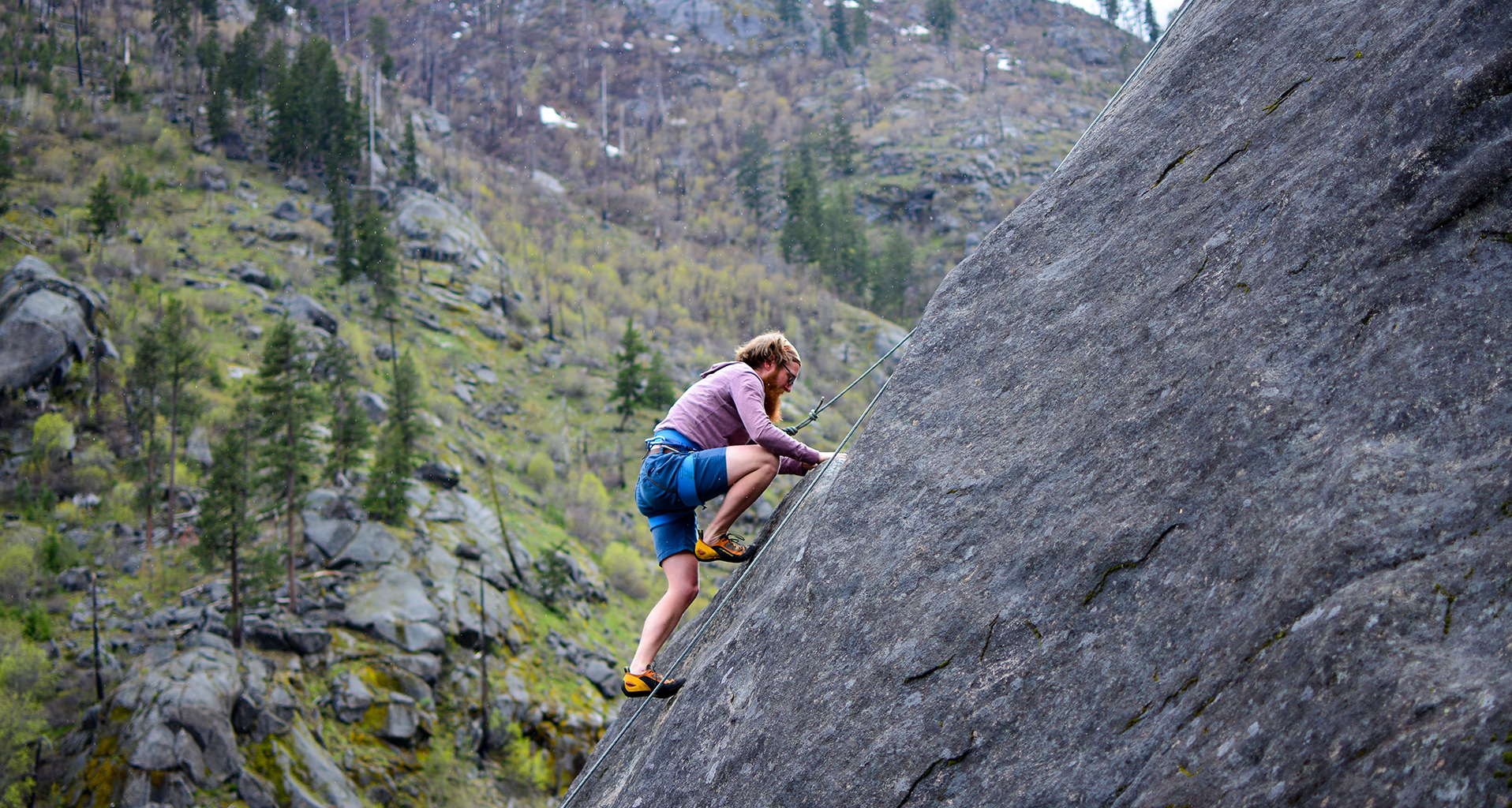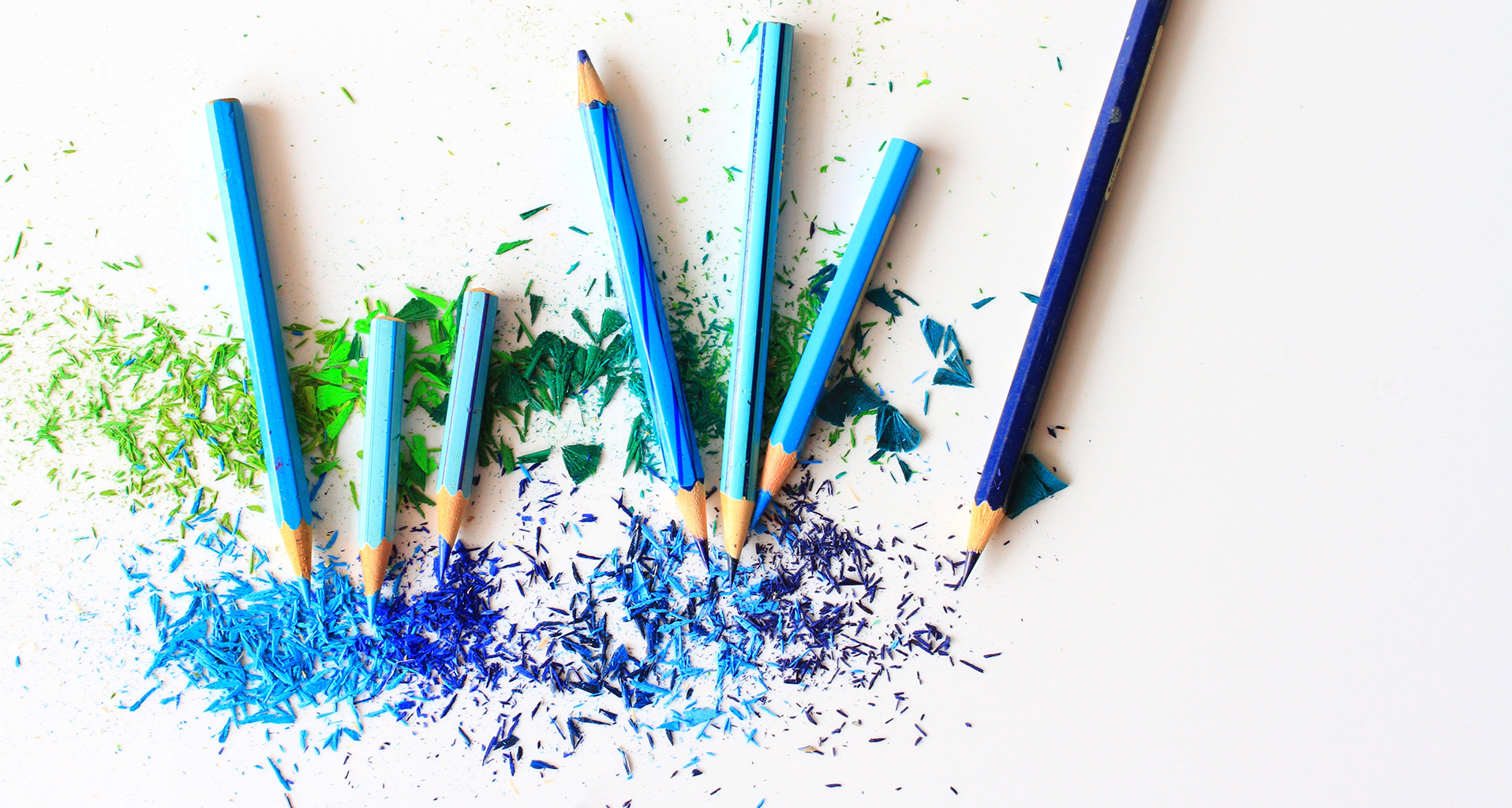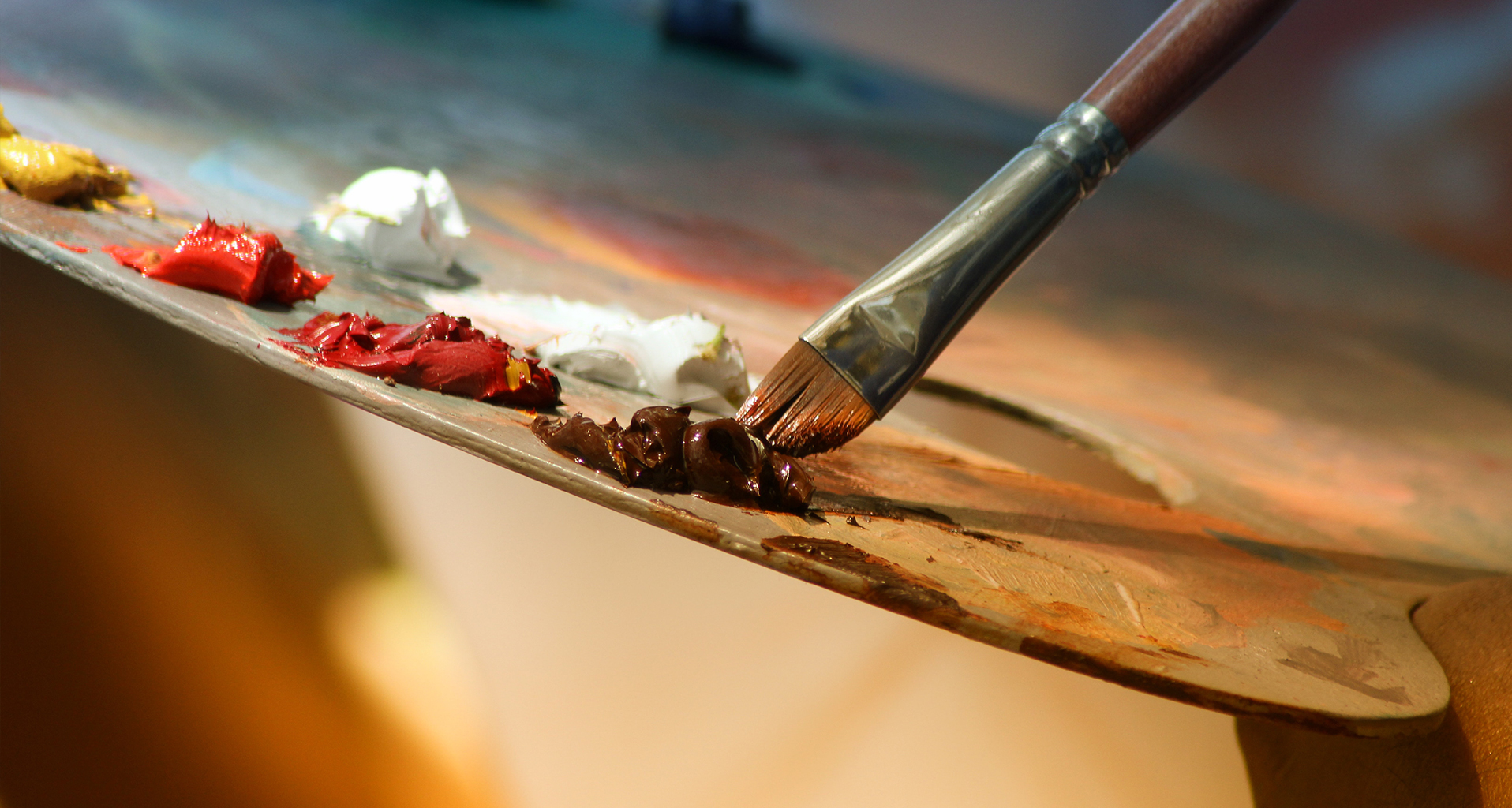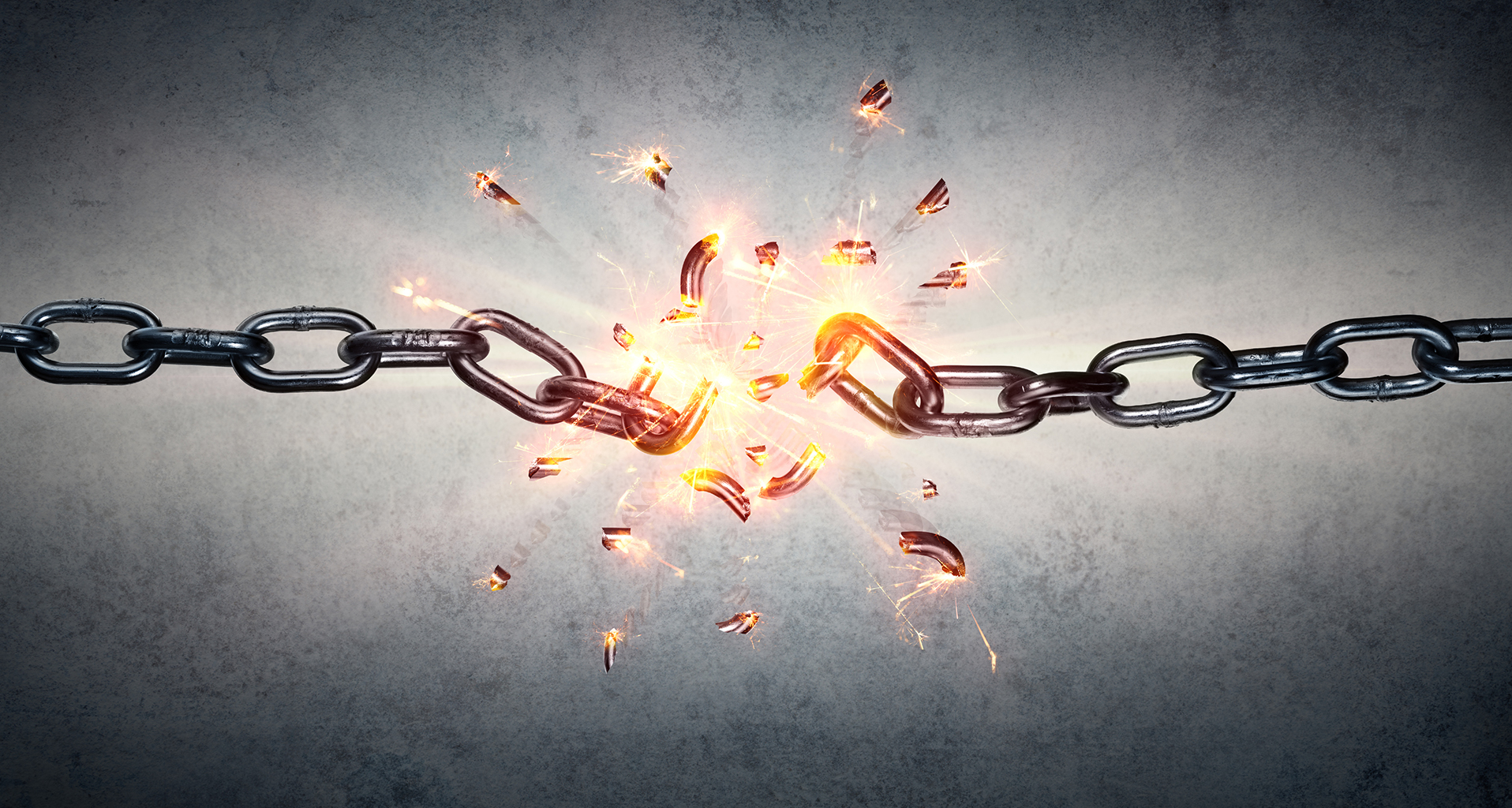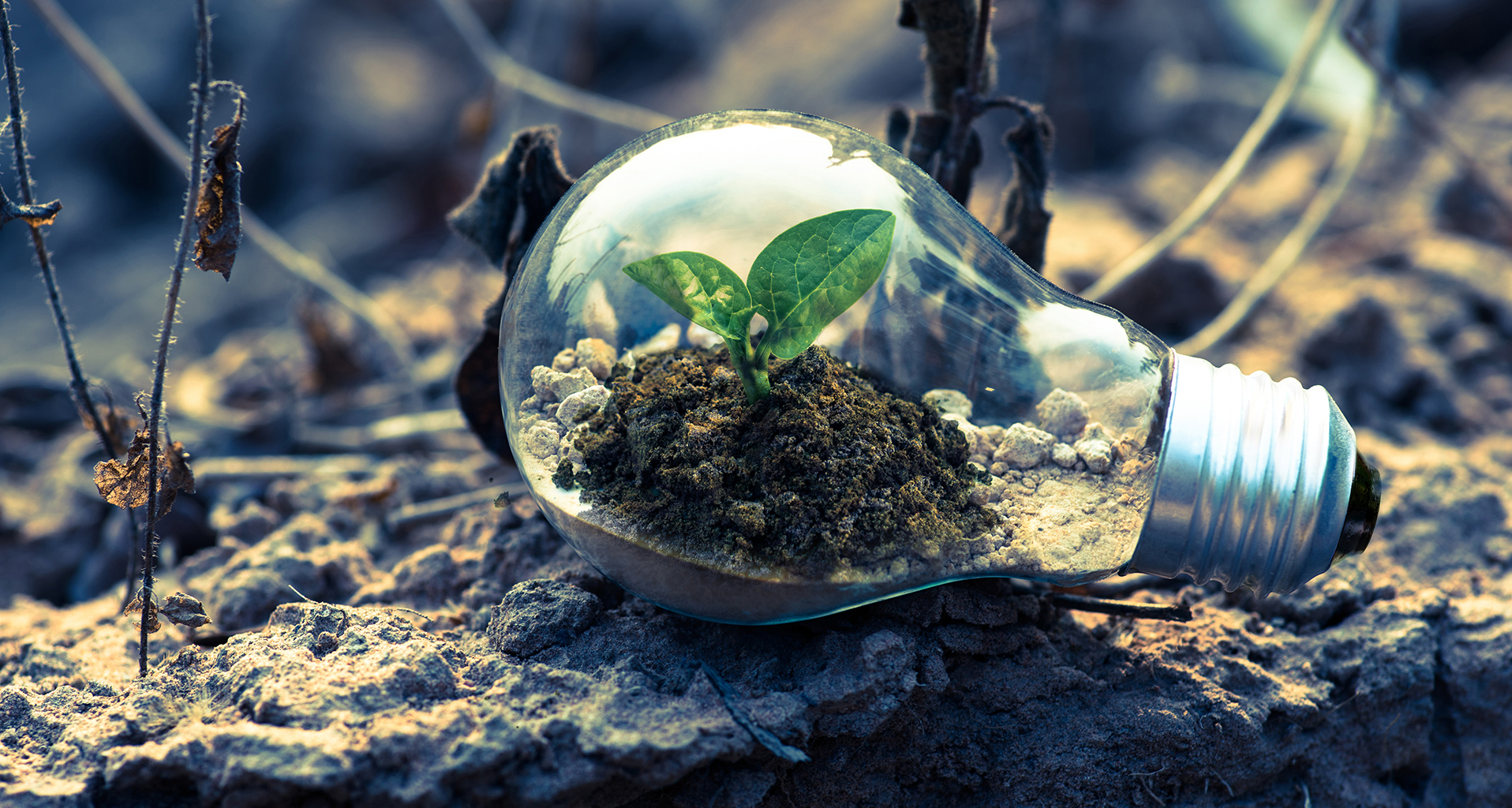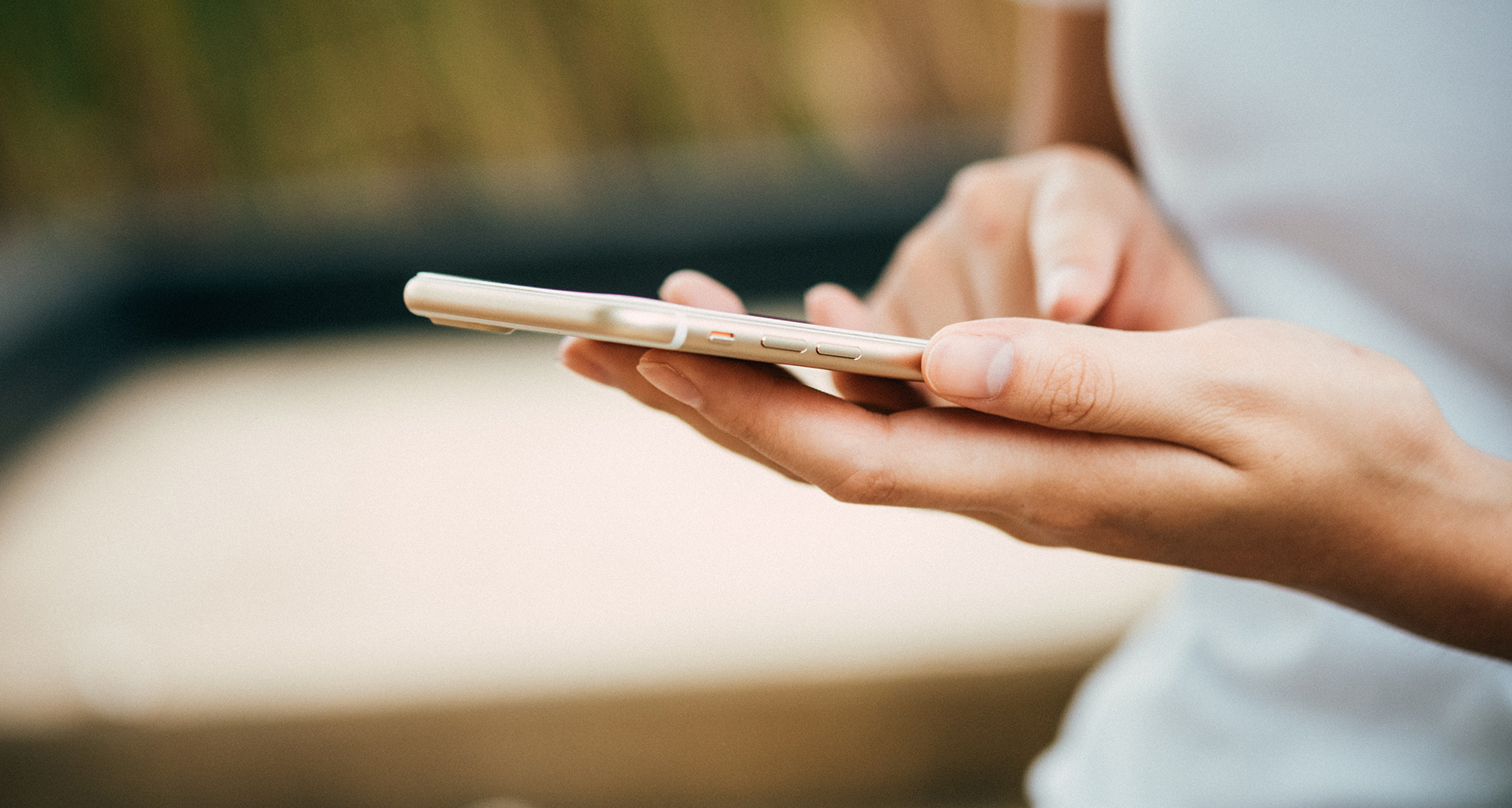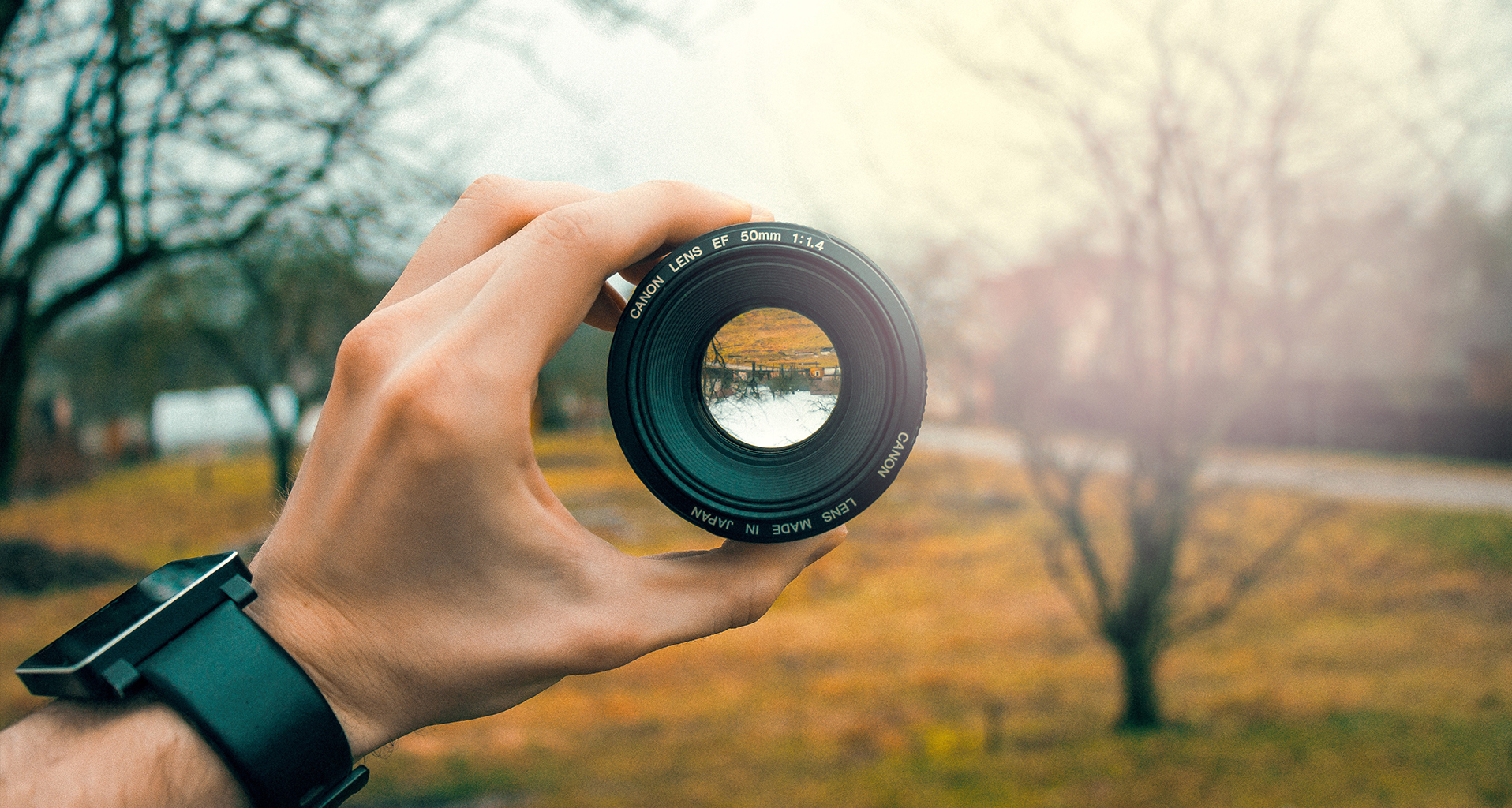It’s amazing what a few seconds of silence can do—the power it holds. And you should congratulate yourself for taking those few seconds. It may seem like a small thing, but we rarely give ourselves the permission to appreciate and embrace silence in any kind of deliberate or meaningful way. We have forgotten how silence can nourish, heal and connect us. We have been so conditioned by our modern, noisy society that we actually feel uncomfortable when things are “too quiet”. How messed is that?
The power of silence is profound. Sometimes, for me, silence is so tangible that it is as if I can dip my hands into it like a healing balm. Silence is one of the greatest gifts I give myself.
Silence is also a bridge to creative source—a link to inspiration. It is where the power resides to make art, solve problems and to thrive in this creative world of ours. Take music for example. We typically associate it with sound—its rhythm and notes, instruments and voice. It is a purely auditory art form. And yet, it is not the sound that makes music beautiful—that gives it the power to move the human heart. No, it is the empty spaces between the notes that give music life. Without silence, music could only exist as one long droning note. It would be nothing but noise.
No wonder it’s been said that “God’s one and only true voice is silence”.
As I write this, it’s a little after 4:30 in the morning. The world around me is still. There are no cars or trucks rumbling outside. No lawnmowers or weed-whackers droning. No T.Vs, computers or cell phones humming. Even the birds are sound asleep in their nests. It is times like this that give me a deep appreciation for silence and the creative energy that accompanies it. I find silence in ample supply during this time of the day: (right around 4:30am to 6:00am). Some people call this the “Holy Hour.’ For me it’s a wonderful time to create, think and connect.The poet Rumi once wrote:
“The breezes at dawn have secrets to tell you. Don’t go back to sleep.”
I’ve previously described creativity as energy–pure energy that fuels our lives and art in breathtaking ways—provided it is not blocked. And few other things can block creativity like noise—whether it be internal chatter or external clatter.
That being said, it only takes silence a moment to reconnect us, to unblock creative energy stuck by noise. In this way I am happily reminded of how this awesome power is constantly around us and how it can be accessed after mere seconds of calm stillness.
In fact, creative energy is always present; we just can’t always “hear” it because of all the noise in our lives. But no matter how loud that noise gets, it can never totally cut us off from creative source energy. We are a part of that energy and it is a part of us. There is no separation. Even though that connection may get blocked from time to time. But it’s nothing that a quick dose of silence can’t fix.
If you’re an artist and are currently blocked or if you’re facing a problem (the solution to which is eluding you) try approaching the problem from a place of silence—both mentally and otherwise. To do this find a quiet time and place. Then before you start empty all the mental chatter—the doubts, the fears, the to-do lists, the problems, the art itself. Instead, focus on your breath and (more so) the silence between each inhale and exhale. Slowly allow that silence to wrap around you, allow it to fill your mind, your spirit. The more you do this, the stronger your connection with creative power will become and the solutions to your creative blocks and problems will appear, as if from nowhere.
THREE GREAT WAYS TO CONNECT TO SILENCE
1) Give yourself the permission to be still. Allow yourself just a couple minutes a day to reconnect and refuel your creative power through silence. The world won’t fall apart if you give yourself a minute or two, will it?
2) Breathe. Be mindful of your breathing. It is your connection to silence and silence is your connection to your creative power and your creative power is your connection to your true and authentic self.
3) Try getting up early. Experience the power of the “Holy Hour” for yourself. Don’t let that comfortable bed entice you. Don’t go back to sleep. Important secrets are being whispered specially for you. Perhaps they are the solutions to the very problems you are experiencing right now.
The next time your find yourself blocked either artistically or in life, try spending a few seconds with silence to find a solution. I think you will be pleased with the result
Thanks for visiting. A note of appreciation to all of my regular and new readers. Your interest in my work is deeply appreciated. Blogging can be solitary work so I really welcome your comments and questions. Be part of the discussion and throw me a comment or two.
Most internet browsers will recognize my Facebook comments box, or you can leave me a message by clicking the green “Contact Us” tab to the right of the screen. You can also sign up for my Email list by either using the sign up box on the right of the post or by clicking on the green “Contact Us” page. My sincere apologies to all of you who have left comments in the generic comments box. It is not working properly and I am unable reply to and display all of your wonderful remarks from the last little while. Please try again using the other messaging options.
And if you get the chance, check out my book My Happy Workplace, now available through most online retailers. Hope to hear from you.Troy
